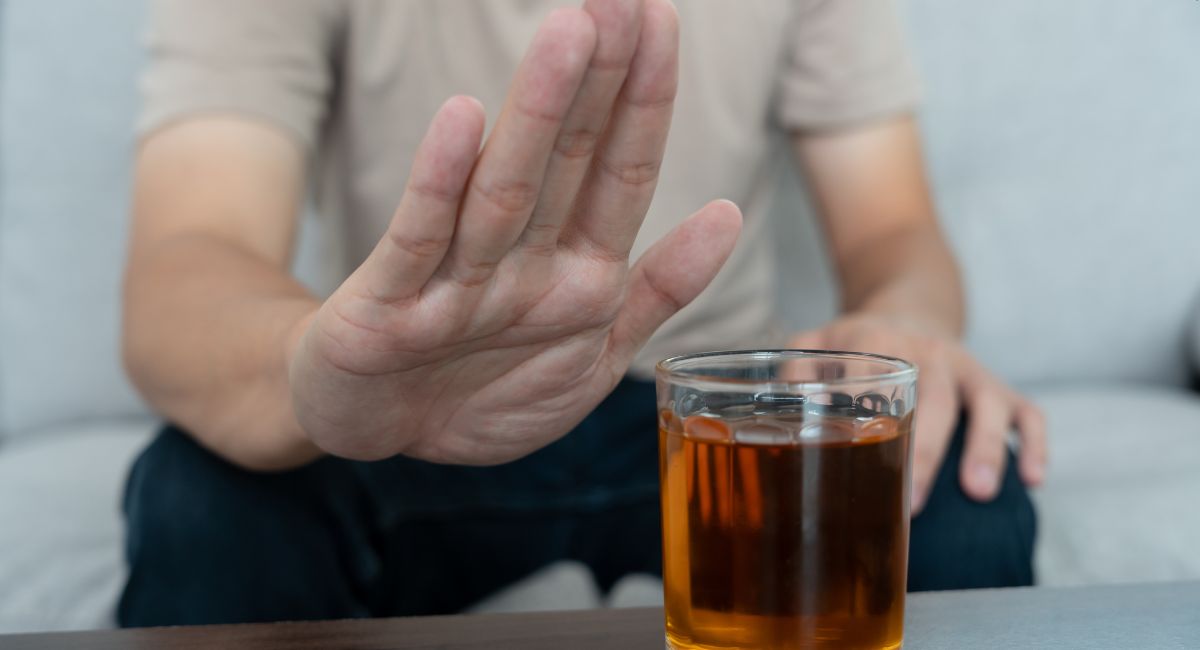Interest in the recreational and therapeutic potential of psychedelics is on the rise in the U.S. One of these drugs includes psilocybin mushrooms, better known as “magic mushrooms.” Mushrooms can be consumed in a variety of ways, including as “mushroom tea.”
Tech workers in Silicon Valley have reportedly experimented with microdosing mushrooms for decades, believing they enhance creativity and focus when used carefully. More recently, investors are pouring money into medical trials that promise to treat a variety of mental health issues, and the public acceptance of magic mushrooms has grown to become the mainstream position.
However, there are still many dangers to abusing psychedelics like shroom tea, and substantial parts of the public and the authorities still oppose their legalization. In this article, we’ll explore this contentious topic, including what you need to know about consuming mushroom tea.
What Are Psilocybin Mushrooms?
Psilocybin mushrooms are naturally-growing mushrooms that have psychedelic effects when consumed. They’re often referred to as “magic mushrooms” or just “shrooms” for short. Magic mushrooms grow naturally in certain areas of the country. They are even also grown and sold legally in states like Oregon.
When ingested, the active ingredient, psilocybin, converts into psilocin, which then increases serotonin in the brain, leading to altered perceptions, mood changes, and hallucinations. They’re consumed in a variety of ways, including raw, in edibles, and as mushroom tea.
The history of magic mushroom consumption goes back centuries. They were used in spiritual and healing rituals by the indigenous tribes of Central and South America. During this time, the Aztec, Mixtec, and Mazatec tribes would consume mushrooms for shamanic rituals. However, they were also sometimes eaten with other natural substances, such as honey, cacao, or chocolate, to hide their bitter taste.
And yes, sometimes they would even consume mushroom tea, heating mushrooms in water to extract the psilocybin and drinking the liquid.
They started gaining popularity in the modern-day beginning in the 1960s. Due to their potential for adverse reactions, they were then banned and put on Schedule I of the Controlled Substances List. This means that, legally, they are considered to have no legitimate medical use.
However, many neuroscientists and psychiatrists have long disagreed with this, seeing real therapeutic potential in shrooms. In recent years, promising research has been done on using magic mushrooms to treat mental health issues. This includes things like anxiety, depression, addiction, and PTSD.
Magic Mushroom Nicknames and Street Names
The main street names for psilocybin mushrooms are magic mushrooms and shrooms.
However, there’s a variety of other names to be aware of as well:
- Caps
- Liberty Caps
- Mush/Mushies
- Mycelium
- Golden Teachers (a popular strain)
- Philosopher’s Stones (refers to a specific species, Psilocybe amanuensis)
- Blue Meanies (another specific strain known for its potency)
- God’s Flesh (a reference to the spiritual use in Indigenous cultures)
- Fungus
- Alice (as in Alice in Wonderland, referencing the psychedelic experience)
These names are often used informally in social settings or by those familiar with their effects. As far as psychedelic mushroom tea goes, “tea party” is one term to be aware of.
What Do Psilocybin Mushrooms Look Like?
Magic mushrooms come in several varieties, shapes, sizes, and colors, but there are some commonalities:
- Caps, the heads of the mushrooms, generally are dome-shaped and are between one to eight centimeters in diameter.
- Stems typically are slender and range in color from white to off-white to yellowish. They can appear hollow or solid.
- The underside of the cap will contain ridge-like lines known as gills. These are typically dark brown or purplish-black in color.
- Magic mushrooms will turn blue in color when bruised. This is due to the oxidation of the psilocybin.
It’s important to note that many mushrooms can look similar to psilocybin mushrooms, including toxic or deadly varieties. Proper identification is critical, especially for wild foragers.
Get confidential help from our addiction treatment specialists in Orange County. Call to join our rehab program today!
Call 866-881-1184How Do People Consume Magic Mushrooms?
People take shrooms in a variety of ways. Factors influencing the method include personal preference, taste, and the desired intensity of the experience.
Here are the most common methods:
- Mushroom Tea: Mushrooms can be steeped in hot water to make tea, which some people prefer because it reduces the bitter taste. The tea is often combined with other ingredients like ginger, lemon, or honey to enhance flavor. Drinking magic mushroom tea can also reduce nausea, a common side effect, and may result in a smoother onset of effects.
- Raw or Dried: Some people consume magic mushrooms fresh, though fresh mushrooms are less common due to their short shelf life. They can be eaten whole or cut into smaller pieces. However, most consume dried mushrooms, as they are easier to store and transport. Dried mushrooms can be chewed and swallowed, though many find the taste unpleasant—earthy, bitter, and tough.
- Lemon Tek: This involves soaking the mushrooms or mushroom powder in lemon or lime juice before consuming. The acidic environment of the citrus pre-digests the psilocybin into psilocin, potentially resulting in a quicker onset and more intense effects. The mushroom and juice mixture is usually consumed like a shot. This can also be combined with mushroom tea.
- Edibles: This is a popular method of consumption and there are a variety of ways people do this, including in the form of mushroom chocolate bars, mushroom-infused baked goods, or ground up mushroom powder in capsule form.
- Powdered Form: Mushrooms can be dried and ground into a fine powder. This powder is often added to smoothies, juices, or other drinks, making it easier to ingest while masking the flavor. Some users microdose by adding small amounts of mushroom powder to food or beverages. This is another way to make mushroom tea.
- Microdosing: Some people take very small, sub-perceptual doses of mushrooms (microdoses), usually in powder or capsule form, as part of a routine. Microdosing typically doesn’t cause noticeable psychedelic effects but is said to improve mood, creativity, and focus over time.
Each method offers a different experience, and many users choose based on convenience, taste, and the intensity of the effects they seek.
Eating Psilocybin Mushrooms
Nausea is a common side effect of eating raw magic mushrooms, especially on a full stomach. Many find the slimy texture and bitter flavor off-putting. The psilocybin also makes the stomach more sensitive. For this reason, many turn to things like mushroom tea.
Dosing is critical when eating psilocybin mushrooms.
Common doses range from:
- Microdose: 1-0.3 grams (sub-perceptual, no noticeable psychedelic effects)
- Low Dose:5-1.5 grams (mild effects)
- Moderate Dose: 2-3.5 grams (full psychedelic experience)
- High Dose: 4 grams or more (intense effects, often accompanied by strong visuals and profound insights)
Eating magic mushrooms offers a direct and simple way to ingest psilocybin, but the taste, onset time, and side effects like nausea may lead some users to prefer other methods like capsules, edibles, or mushroom tea.
Psilocybin Mushroom Tea
Consuming shroom tea is a popular method for consuming magic mushrooms, offering a more pleasant alternative to eating them raw or dried. Because the psilocybin is already extracted and the stomach does not have to break down the shrooms, nausea can be reduced or eliminated. The taste is also improved, especially if honey, lemon juice, or herbs are added to the mix.
The other advantage of this method is less time is involved. The onset of effects is faster – between 15 to 30 minutes as opposed to several hours when eating raw shrooms. The overall duration of a trip from mushroom tea also lasts less time – between four to six hours vs up to eight hours when eating shrooms.
Looking for quality substance abuse treatment that’s also affordable? South Coast accepts most major insurance providers. Get a free insurance benefits check now.
Check Your CoverageHow Do Mushrooms Affect the Body?
As mentioned before, psilocybin is a psychedelic chemical. When injected, it alters the mind – colors and sounds become more vivid, you feel euphoric, and there’s a distorted sense of time. Many users also report heightened creativity, more profound thoughts, and coming away with deeper insights into their lives.
As the dosage increases, so do the effects. Higher doses of mushroom tea can lead to synesthesia, which is where senses merge: “hearing” colors and “seeing” sounds.
There are also various side effects to magic mushrooms users may not necessarily look for.
These include:
- Heightened sensitivity to temperature
- Insomnia
- Muscle weakness
- Dizziness
- Dilated Pupils
- Faster Heart Rate
Mushroom tea – or any other method of consuming shrooms – can offer profound and life-altering experiences, but it should be approached with respect and caution. In the next section, we’ll go over some of the dangers.
Can You Overdose on Magic Mushrooms?
Up until now, it’s mainly seemed like there are no risks to magic mushrooms, but that is far from the truth. High dosages of mushrooms can lead to something called “ego death,” where you feel your individual consciousness slipping away as you merge with the “oneness” of reality. Many people report this as beneficial, but it can also be a terrifying experience, one that leaves lasting trauma if a person reacts poorly to it.
A “bad trip” can be a scarring experience. High doses of mind-altering drugs like mushroom tea can bring on intense feelings of fear, paranoia, or anxiety. This is why so many stress the importance of “set and setting” – having the right mindset and being in the right environment. But sometimes, even then, a bad trip can still occur.
Some users also report experiencing Hallucinogen Persisting Perception Disorder (HPPD), where visual disturbances or flashbacks occur days, weeks, or even months after using the substance. This is rare but can happen.
Finally, drugs, in general, can aggravate symptoms in those who have mental health disorders. They can also bring on those disorders in those who are predisposed to them. One study, for example, found that shrooms can induce “schizophrenia-like psychosis.” Research also shows mushroom tea can induce manic episodes in those prone to bipolar disorder.
By the same token, it’s also fair to note that research into psilocybin and bipolar disorder is ongoing.
A Cautionary Tale
One of the most famous cases of this involved Syd Barrett. Barrett was the original frontman of Pink Floyd. As Pink Floyd began to gain popularity, Barrett’s behavior became increasingly erratic. This was largely attributed to his heavy use of psychedelic drugs like LSD and mushrooms, which reportedly exacerbated underlying mental health issues.
By the mid-1970s, Barrett had retreated from public life entirely. He returned to his family home in Cambridge, where he lived in near-total isolation. His mental health continued to be fragile, and he lived the rest of his life away from the spotlight, only ever interacting with his sister and mother.
Band members were deeply affected by his mental decline, releasing albums like Wish You Were Here as a way to process their grief. The song “Shine On You Crazy Diamond” was a tribute to Barrett.
Drug Recovery Programs
While taking shrooms via mushroom tea or other methods does not lead to physical dependence, there is always a risk, as with any drug, of abuse. When someone develops a drug problem, the proper recourse is usually a professional drug treatment program. These programs often incorporate various therapeutic approaches, support systems, and treatment modalities tailored to the individual’s needs.
Given the damage psychedelics can do to those with fragile mental states when abused, a professional mental health treatment program should be considered as well.
- UC Berkeley Center for the Science of Psychedelics Unveils Results of the First-Ever Berkeley Psychedelics Survey | Research UC Berkeley
- Editorial: What is up with psychedelics anyway? – PMC (nih.gov)
- Why Elon Musk, Peter Thiel, and other Silicon Valley figures are fascinated with drugs | Vox
- Psilocybin induces schizophrenia-like psychosis in humans via a serotonin-2 agonist action – PubMed (nih.gov)
- Frontiers | Manic episode following psilocybin use in a man with bipolar II disorder: a case report (frontiersin.org)
- Psilocybin induces schizophrenia-like psychosis in humans via a serotonin-2 agonist action – PubMed (nih.gov)
- Evaluating the risk of psilocybin for the treatment of bipolar depression: A review of the research literature and published case studies – ScienceDirect









